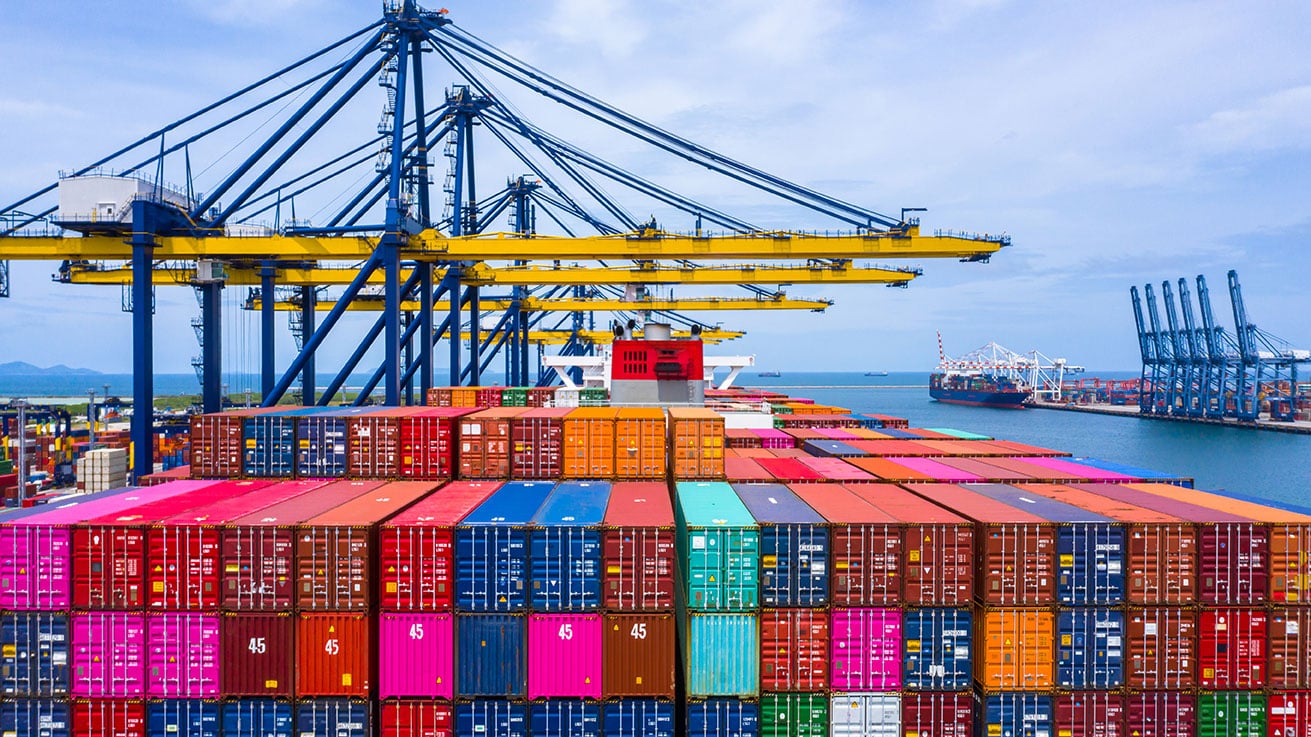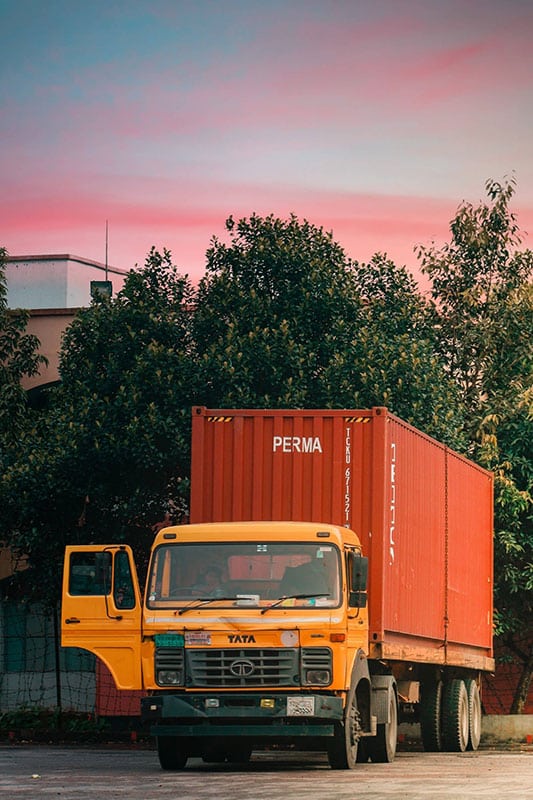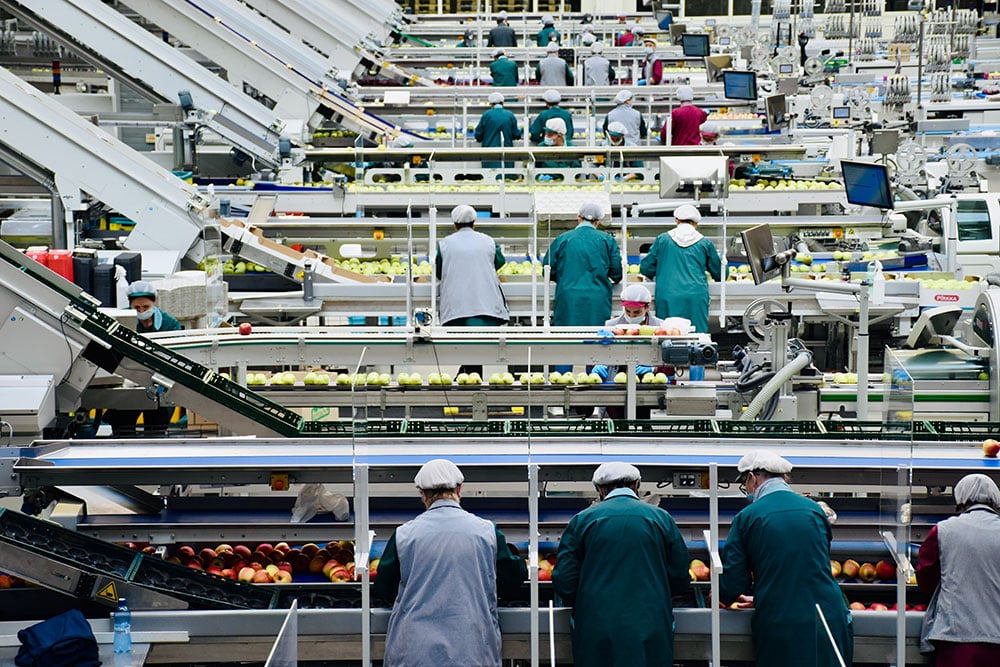Supply Chain Traceability Matrix
Traceability works for companies.
It makes global supply chains more efficient through improved assurances, reduced inventory costs, improved lead times, improved cashflow, and more sophisticated data analytics. Traceability can also support compliance in an increasingly complex landscape of consumer demand and regulatory mandates.
Traceability should work for workers, too. Supply chain traceability can and should access and reflect the voices, experiences, and needs of workers. Downstream companies implementing traceability systems in their supply chains need to act on supply chain information surfaced by traceability systems, feeding it back into their labor and human rights due diligence systems that prevent, address, and remediate abuses like forced labor and child labor.
The Supply Chain Traceability Matrix is a guide for leveraging the power of traceability to combat labor rights violations in global supply chains.


What do we mean by traceability?
Traceability can refer to a wide range of strategies that shed light on the origins and movement of goods in supply chains.
Traceability is not new to global companies. Companies already track the movement of products through their supply chains to ensure food safety, consumer safety, and to forecast and generally optimize supply chain efficiency. Today, many conversations about traceability focus on the promise of sustainable and fair supply chains but it is sometimes hard to parse what is being traced and why.
How can companies use traceability to improve the lives of workers and communities?
Increased supply chain traceability does not automatically lead to better working conditions and less child labor and forced labor. Companies need to design and implement traceability systems with specific labor and human rights due diligence goals in mind like preventing, addressing, and remediating forced and child labor. Companies should also consider how their traceability systems will facilitate efforts to access and amplify worker voice: hearing directly from workers and their advocates at different points in their supply chain and integrating that information back into due diligence systems.
The Matrix is designed to help users interested in designing traceability systems that work for workers. It guides users to start by identifying the due diligence goals they want to support via traceability. From there, the Matrix guides users to consider the types of information they’ll need to meet those goals, learn which traceability approaches offer the needed functions and insight, and finally to consider how the unique characteristics of different global supply chains – including the presence of different labor rights risks – can impact feasibility of traceability system implementation.
- What labor or human rights due diligence goal do I want to achieve? (Learn more)
- What traceability functions and insight will I need to achieve that goal? (Learn more)
- What traceability approaches offer the functions and insight I will need? (Learn more)
- How do the characteristics and labor risks of specific supply chains impact the feasibility and relevance of different traceability approaches? (Learn more)
At the highest level, the Matrix organizes the broad universe of supply chain traceability approaches – as well as the tools and technology needed to implement these approaches – into groups based on the function they can play in traceability and due diligence systems. These functions are:
-
Identifying and Engaging With Supply Chain Partners
- Mapping suppliers to learn about their identities, locations, the relationships between them, and collecting basic voluntary information about their practices
- Communicating expectations and providing capacity building to meet those expectations
- Learn more about how Identifying and Engaging with Supply Chain Partners can be used to support labor rights due diligence
-
Tracking Movement and Transactions of Products Throughout the Supply Chain
- Gathering and documenting information on the journey specific goods or materials take as they move through a supply chain – the who, what, when, and where tied to that good
- Learn more about how Tracking Movement and Transactions of Products Throughout Supply Chains can be used to support labor rights due diligence
-
Scientific Validation of Supply Chain Information Gathered via Other Traceability Approaches
- Confirming the data elicited via other traceability approaches that may be vulnerable to fraud or human error in the data entry process
- Learn more about how Scientific Validation of Supply Chain Information Gathered via Other Traceability Approaches can be used to support labor rights due diligence

Traceability and Labor Rights Due Diligence
What Does Supply Chain Traceability Have to Do with Combating Forced Labor and Child Labor?
Traceability alone cannot improve conditions for workers. Combating forced and child labor and other human rights abuses in global supply chains requires concrete actions: accessing and amplifying workers’ voices around their experiences, identifying and understanding labor conditions workers face every day, working to mitigate and prevent identified risks, and transparently reporting on progress. While they are not a one-size-fits-all answer, traceability systems can be tools to support and inform these due diligence actions. How do we come to a common understanding of what due diligence means for companies? Widely accepted normative due diligence frameworks specific to human and labor rights in global supply chains include:
- OECD Due Diligence Guidance for Responsible Business Conduct
- Comply Chain, United States Department of Labor
These frameworks are well aligned and, when taken together, lay out the following key Labor Rights Due Diligence Steps for combating forced labor and child labor:
- Establish due diligence policies and engage with supply chain partners to integrate due diligence systems throughout the supply chain
- Understand the risks and root causes of forced labor, child labor, and other labor rights abuses facing workers in the supply chain
- Actively address the risks and root causes of forced labor and child labor identified in the supply chain
- Close gaps in knowledge and continuously improve due diligence systems
- Demonstrate and communicate compliance with laws and regulations as well as progress towards commitments to government officials and the public
Let’s get more specific about how traceability systems can be leveraged to create concrete changes for workers. Supply chain insights surfaced by traceability systems CAN support labor rights due diligence IF companies leverage traceability information to take concrete due diligence actions. For example:
- If companies use traceability systems to understand the identities and locations of entities along a supply chain, they can use this information to engage supply chain actors, cascade labor and human rights expectations, provide training and capacity building to suppliers on labor rights and their own ethical procurement, and to make business decisions that prioritize labor rights due diligence in procurement. (Labor Rights Due Diligence Step: Establish due diligence policies and engage with supply chain partners to integrate due diligence systems throughout the supply chain)
- Companies can use information about the geographic footprint of their upstream suppliers to conduct a preliminary risk screen as a means of prioritizing and informing locations and worksites where on-the-ground risk and impact assessments are necessary. Hearing workers’ own voices and integrating their experiences and concerns into due diligence activities is the most credible way to design systems that address, prevent, and remediate harms to workers and communities in supply chains. In some locations or worksites with identified risk, companies may seek to implement a human-rights compatible grievance mechanism to ensure workers’ voices are heard and acted on. Understanding the footprint and identities of suppliers is a critical first step for supporting worker voice initiatives. (Labor Rights Due Diligence Steps: Understand the risks and root causes of forced labor, child labor, and other labor rights abuses facing workers in the supply chain; Actively address the risks and root causes of forced labor and child labor identified in the supply chain)
- If companies use traceability systems in concert with a certification or other sustainability scheme that includes robust labor rights standards and a credible mechanism for collecting information on labor and human rights conditions for workers (remembering that the most credible information comes from workers and their advocates themselves), companies can use findings on risks and impacts to inform efforts to address and prevent labor abuses. (Labor Rights Due Diligence Steps: Understand the risks and root causes of forced labor, child labor, and other labor rights abuses facing workers in the supply chain; Actively address the risks and root causes of forced labor and child labor identified in the supply chain; Close gaps in knowledge and continuously improve due diligence systems)
- Labor rights information associated with a traceability system can also be overlaid – potentially using visualization platforms – with supply chain information such as the identities of suppliers and the Chain of Custody documentation for specific batches of goods. This allows companies to integrate labor and human rights information into their business decision making processes and to set goals for ensuring their upstream procurement practices drive value to ethical suppliers and the workers they hire. (Labor Rights Due Diligence Steps: Establish due diligence policies and engage with supply chain partners to integrate due diligence systems throughout the supply chain; Close gaps in knowledge and continuously improve due diligence systems)
- If companies use traceability systems to collect Chain of Custody (transaction history) and/or origin information for specific batches of physical goods, they can use these systems to ensure their upstream supply chains and procurement practices are supporting production of goods and materials in less risky contexts. (Labor Rights Due Diligence Steps: Actively address the risks and root causes of forced labor and child labor identified in the supply chain)
- Chain of Custody information and/or information confirming the provenance of goods can also be used to confirm the geographic footprint of upstream supply chains, supporting more accurate risk screening and providing assurance that workers in high-risk areas or worksites aren’t being obscured from view. (Labor Rights Due Diligence Steps: Understand the risks and root causes of forced labor, child labor, and other labor rights abuses facing workers in the supply chain; Close gaps in knowledge and continuously improve due diligence systems)
- Companies can also use Chain of Custody information or origin information for specific batches of goods to offer assurances to regulators and consumers that a physical product was produced in lower-risk environments and to report on progress against their commitments. (Labor Rights Due Diligence Steps: Demonstrate and communicate compliance with laws and regulations as well as progress towards commitments to government officials and the public)
The interactive section below starts with each labor rights due diligence step and describes how different traceability system insights and benefits can be used to achieve that step.

Traceability Goals
- What are your goals?
- What supply chain insight will be needed to meet those goals?
- What traceability system elements and methods could surface that insight?
Interactive Exploration of Labor Rights Due Diligence Goals and Traceability Methods
The section below starts with each labor rights due diligence goal and discusses the ways in which different traceability approaches can support implementation of that goal.




